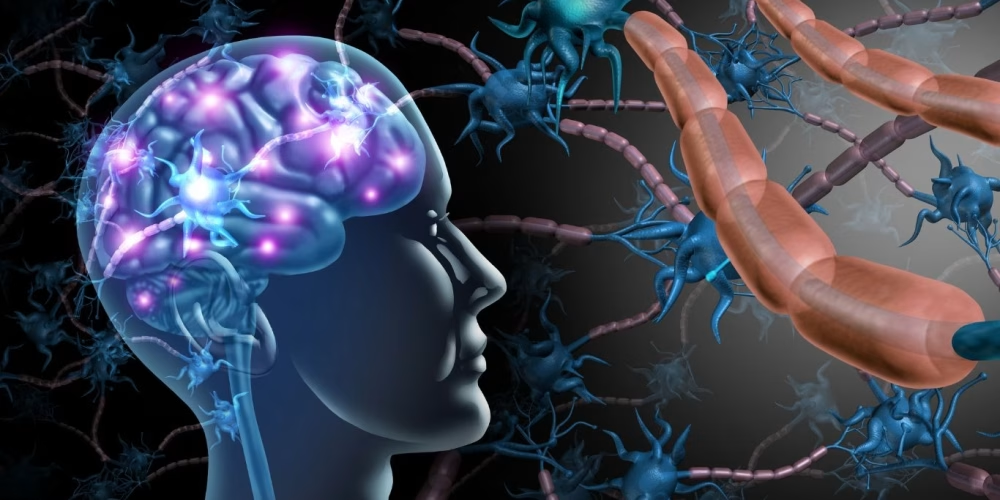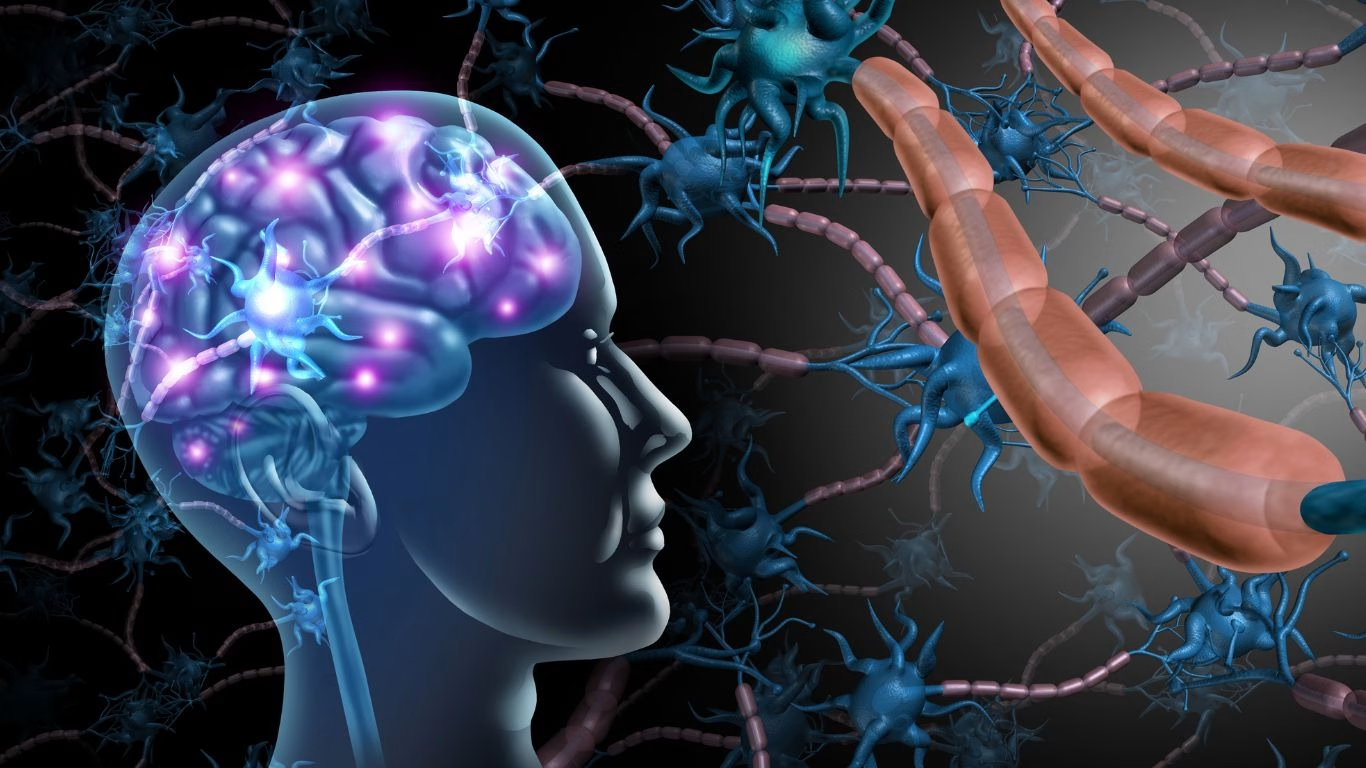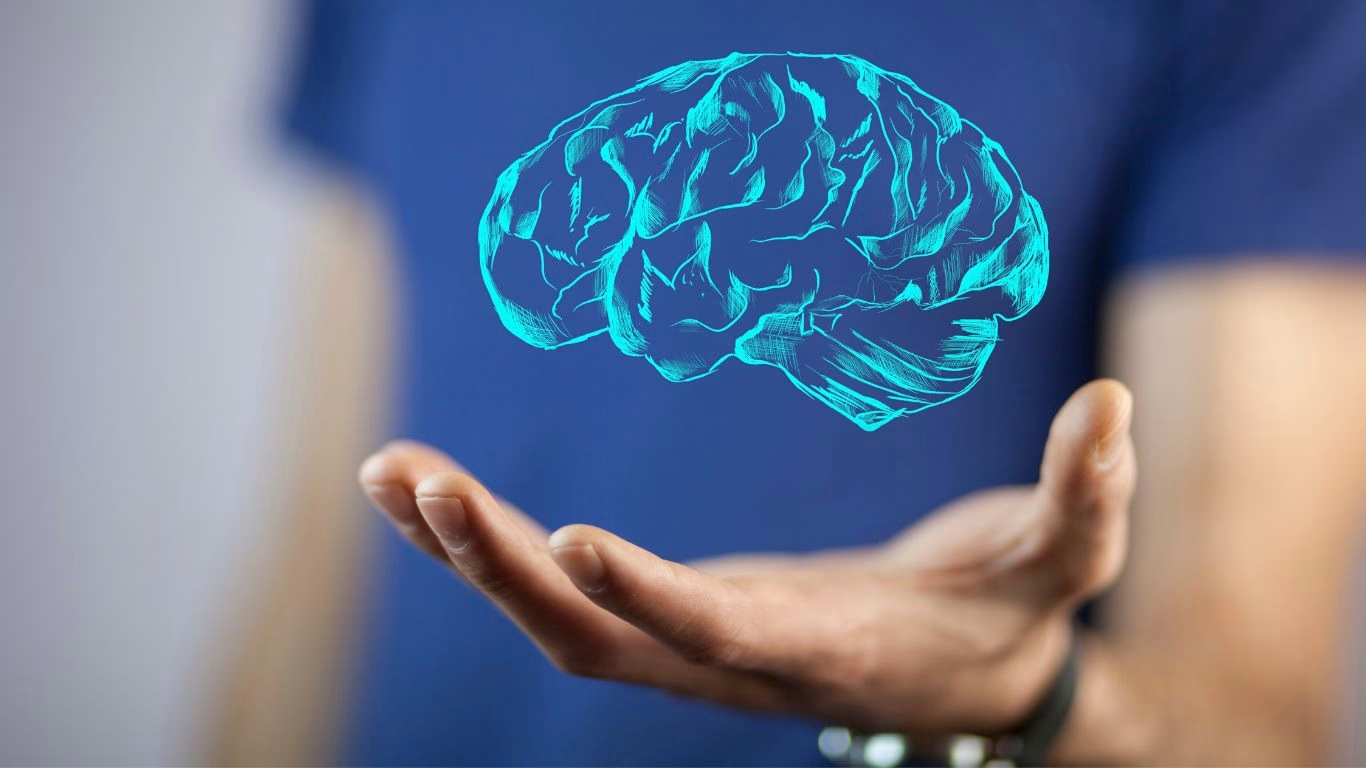Sometimes, stress feels ever-present. Yet, within our bodies lies an intricate system designed to counterbalance this stress and promote relaxation and healing. This system is known as the parasympathetic nervous system.
What Is the Parasympathetic Nervous System?
The parasympathetic nervous system is a crucial component of the autonomic nervous system, which controls involuntary bodily functions such as heart rate, digestion, and respiratory rate.
While the sympathetic nervous system prepares the body for “fight or flight” responses, the parasympathetic system is responsible for the “rest and digest” functions, helping the body to relax and recover after stress .
Key functions of the parasympathetic nervous system include:
- Slowing the heart rate
- Stimulating digestion
- Promoting relaxation of muscles
- Enhancing immune function
The Role of the Vagus Nerve
A central player in the parasympathetic nervous system is the vagus nerve, the longest cranial nerve in the body.
Extending from the brainstem through the neck and into the chest and abdomen, the vagus nerve innervates various organs, including the heart, lungs, and digestive tract.
It plays a pivotal role in regulating the body’s relaxation response by transmitting signals that promote calmness and reduce inflammation .
The Brain-Gut Axis: A Two-Way Communication
An intriguing aspect of the parasympathetic nervous system is its connection to the gut-brain axis, a bidirectional communication system linking the gastrointestinal tract and the brain.
The vagus nerve serves as a primary conduit in this communication, transmitting information about the state of the gut to the brain and vice versa. This connection underscores the profound impact of gut health on overall well-being, influencing mood, stress levels, and immune function .
Enhancing PSNS Function Through Mindfulness, Somatic Movement, and Meditation
Activating the parasympathetic nervous system can be achieved through various practices that promote relaxation and body awareness:
1. Mindfulness
Mindfulness involves paying focused attention to the present moment without judgment. By cultivating awareness of bodily sensations, thoughts, and emotions, mindfulness can help activate the parasympathetic nervous system, leading to reduced stress and enhanced emotional regulation.
2. Somatic Movement
Somatic movement emphasises internal bodily awareness and gentle movement to release tension and improve body-mind connection. Practices like yoga and tai chi are examples of somatic movements that can stimulate the parasympathetic nervous system, promoting relaxation and healing.
3. Meditation
Meditation practices, such as deep breathing and guided imagery, can directly stimulate the vagus nerve, enhancing parasympathetic nervous system activity. Techniques like slow, diaphragmatic breathing have been shown to lower heart rate and blood pressure, fostering a state of calm and relaxation.
Why It Matters
Understanding and supporting the parasympathetic nervous system is vital for maintaining balance in the body. Chronic stress and overactivation of the sympathetic nervous system can lead to various health issues, including anxiety, digestive problems, and cardiovascular disease.
By engaging in practices that activate the parasympathetic nervous system, individuals can promote relaxation, improve overall health, and enhance quality of life.






